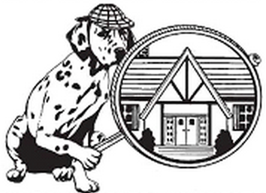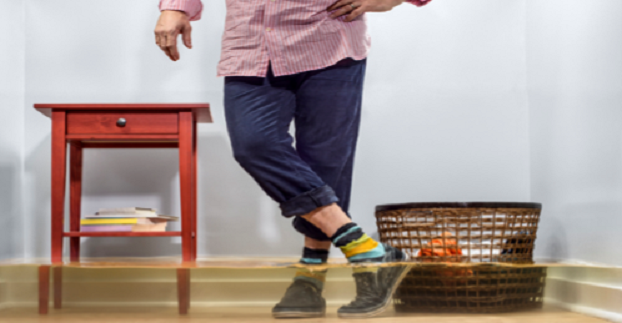All homes have their own unique odors and smells that reflect the nature of the home and the lives of those living in it. Sometimes, environmental factors also play a large role in the odor each house exhibits and their indoor air quality. One such factor is the weather. During heavy rain and seasonal changes, some houses begin to emit that “musty smell” that can make the home much less pleasant. Before you spend money on air testing, know these differences between a musty smell and possible indications of mold.
Air Testing: Know Smells of Mold vs. Musty
The musty or moldy smell is a sign that something is not right in your home. Moldy and musty smells are similar in nature and both are caused by the presence of mold or mildew, but when should you be ordering an air test for your indoor air quality peace of mind? Mold and mildew are both fungi and grow in the presence of moisture, or water. Mildew is a powdery or downy surface growth and is most often found on plant materials (for example, fruits and vegetables, flowering or decorative plants). Molds are usually thicker and can cause more structural damage since they penetrate deeper into the material they are growing on. Molds can grow on plant materials as well, but are also commonly found on building materials like walls and flooring and most home contents (for example, books, cardboard, clothing, etc.)
Air Test When Mold Smells Strong
The primary difference between moldy and musty odors is in the strength of the smell, musty odors are usually not as strong as moldy odors. If the smell is more potent, be sure to contact a mold air testing company to ensure your house is not affected. Since both moldy and musty odors suggest mold growth it’s important to take action quickly when you notice an odor to prevent extensive damage to your home and the lingering musty odor that can penetrate non-moldy materials in your home and prolong the unpleasant odor experience.
Mold Air Testing: Prevent Musty Smells and Signs of Mold
- Avoid moisture. General dampness, repeated condensation, and high humidity can sometimes bring on a musty smell. Since dampness can also facilitate mold growth it’s likely that mold is beginning to form once you start noticing a musty smell.
- Clean up immediately after leaks or floods. If you are not able to thoroughly dry everything within 48 hours it’s likely that mold will begin to grow in the areas that are still damp.
- Use a high quality air test to look for signs of hidden mold. If you are concerned about musty or moldy smells in your home, begin investigating possible sources of moisture buildup. Some moisture sources might not be as obvious, so don’t forget to check these locations. If the smell persists, get an air testing professional as soon as possible.
- Any water leak (plumbing, roof, walls, basement)
- Air conditioning units or drain lines
- Condensation, especially around windows or on exterior walls
- Flashing around windows (incorrectly installed flashing can allow water inside the walls)
- Freezer/refrigerator door seals and drip pans
- Indoor plants
- Wastebaskets and trash cans, especially if not emptied frequently
- Empty beverage containers and glasses, food container recycling
- Materials that have been wet in the past (books, magazines, newspapers, carpet, cardboard, etc.) If you don’t find a moisture source and can’t see mold, perform an air test to look for signs of mold hiding behind walls, under carpets or among your belongings
If you smell a prominent amount of mold in your house, call Dutch's Mold Inspection & Remediation for air testing in the Cleveland area. Our mold remediation service and air testing service is certified to inspect your home and remove any signs of harmful mold or bacteria we find in any residence. We've worked in towns like Lorain, Erie, Medina, Huron, and Cuyahoga. Contact us at 440-748-4660 or email us at [email protected] for air testing & mold removal in Cleveland, Ohio.

